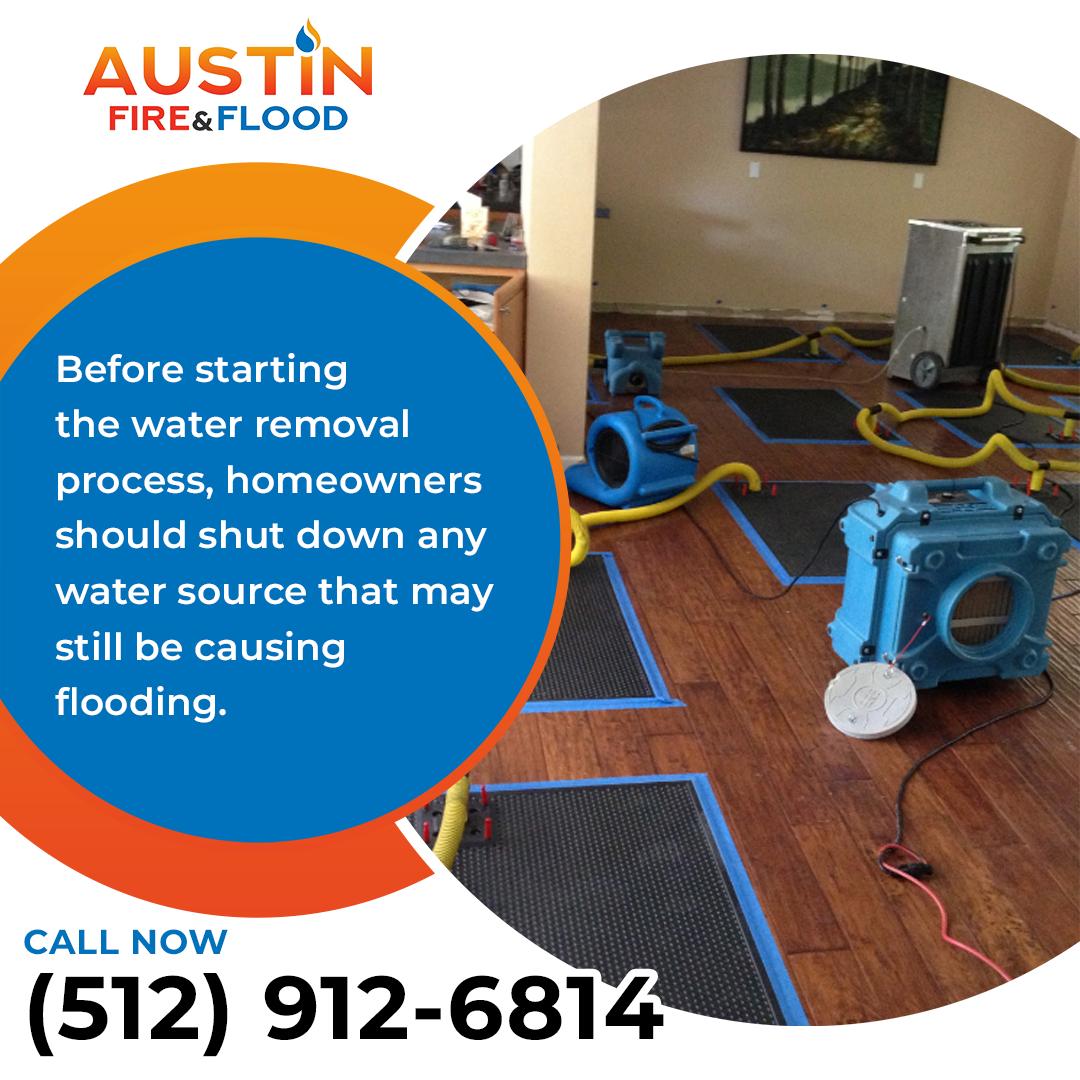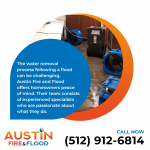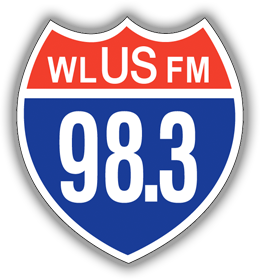Flooding and water damage can come from various sources. Besides heavy storms and extreme weather, an overflowing toilet or leaky washer can also trigger flooding. It's crucial to dispatch water removal services the moment flooding occurs.
Homeowners may feel overwhelmed following a flood. There's nothing worse than a flooded basement wreaking havoc on a home.
.png)
Some methods exist for removing water from a property. However, the best strategy is to call a professional water removal company in Windsor Hills, Austin, TX.
Some Initial Do's and Don'ts
Before exploring some specific water removal methods, homeowners should know the following do's and don'ts following a flood:
- Assume any flooded water has contaminants.
- Wash off and protect any scrapes or cuts that came into contact with the flooded water.
- Following the water removal process, disinfect all surfaces.
- Don't keep any food that came into contact with flooded water, including canned food.
- Avoid touching flood water unless it's necessary.
- Don't let any pets or children come into contact with flood water.
Starting the Water Removal Process
Before starting the water removal process, homeowners should shut down any water source that may still be causing flooding. For example, a source may involve a malfunctioning appliance or stopping water access to a leaking pipe. Next, homeowners should assess the total damage caused by flooding.
Water Removal Methods
After assessing the total damage to a home, it's necessary to start removing any standing water. This process begins by putting on the proper safety equipment. For actually clearing the water, three main extraction tools exist for homeowners:
- Shop-Vacs
- Water pumps
- Using containers such as buckets
However, it's better to let water damage restoration technicians handle the job regarding extensive or contaminated flooding. Professional technicians will use tools like:
- More sturdy safety equipment
- Truck-mounted vacuums
- Submersible pumps
- Infrared cameras that can detect lingering moisture
Clearing Out Other Home Areas
It's only natural to deal with visible water threats first. However, water can quickly seep into other unexpected home areas following a flood.
Other areas include behind the walls and under the floorboards. Additionally, it's a good idea to clear out drainage areas, such as a roof's gutters. Professional equipment can detect any remaining moisture, preventing the risk of mold growth.
The Drying Process
After removing all the water, mopping the floors, disinfecting surfaces, wiping down walls, etc., the drying process can begin. Ceiling fans and dehumidifiers are two tools homeowners typically have for drying out their homes.
However, it's better to let a water removal company use more robust industrial fans and stronger dehumidifiers to expedite the process. These tools can dry out drywall, wooden floors, furniture, carpet, etc.
Cleaning Afterward
After drying out a property and eliminating any remaining moisture, homeowners should extensively clean. Cleaning may involve disinfecting surfaces and removing odors.
Other times, however, cleaning may involve clearing away significant debris. It may entail ripping up damaged carpets and removing rotten wood or drywall. Unfortunately, it's not uncommon for homeowners to need remodeling work done on their homes.
.png)
Call Austin Fire and Flood Today
The water removal process following a flood can be challenging. Fortunately, hiring Austin Fire and Flood offers homeowners peace of mind. Their team consists of experienced specialists who are passionate about what they do.
Discover how they can help by calling (512) 912-6814.
































